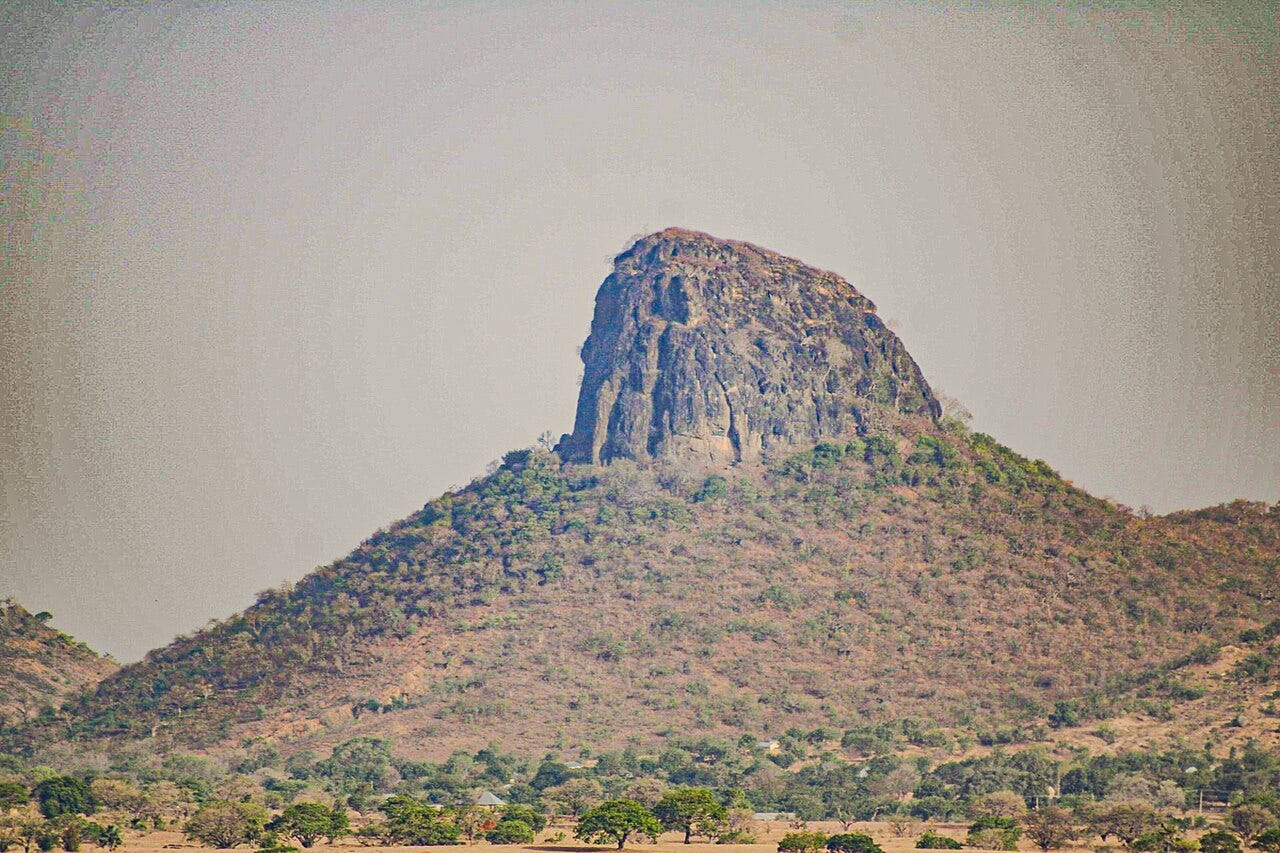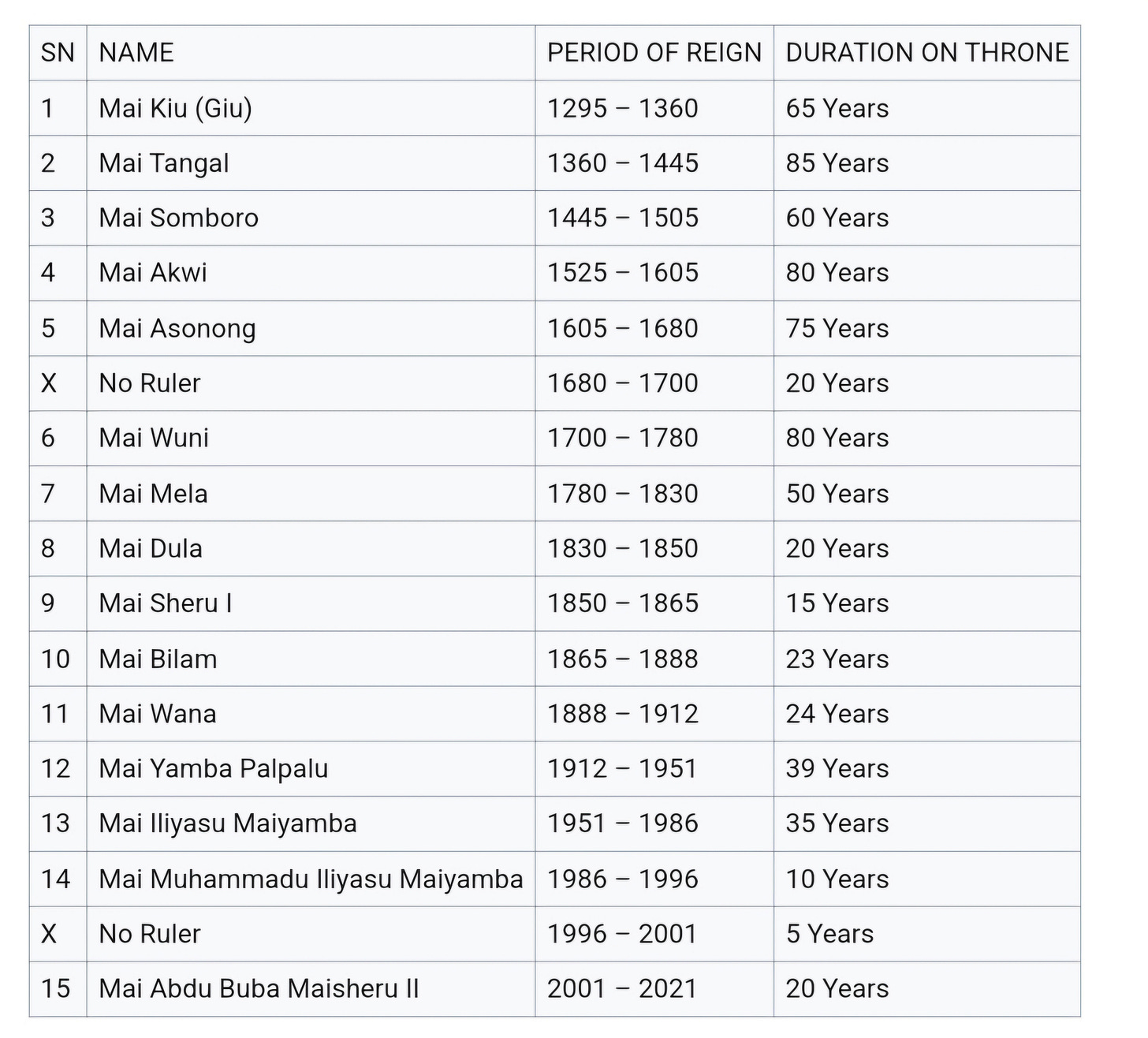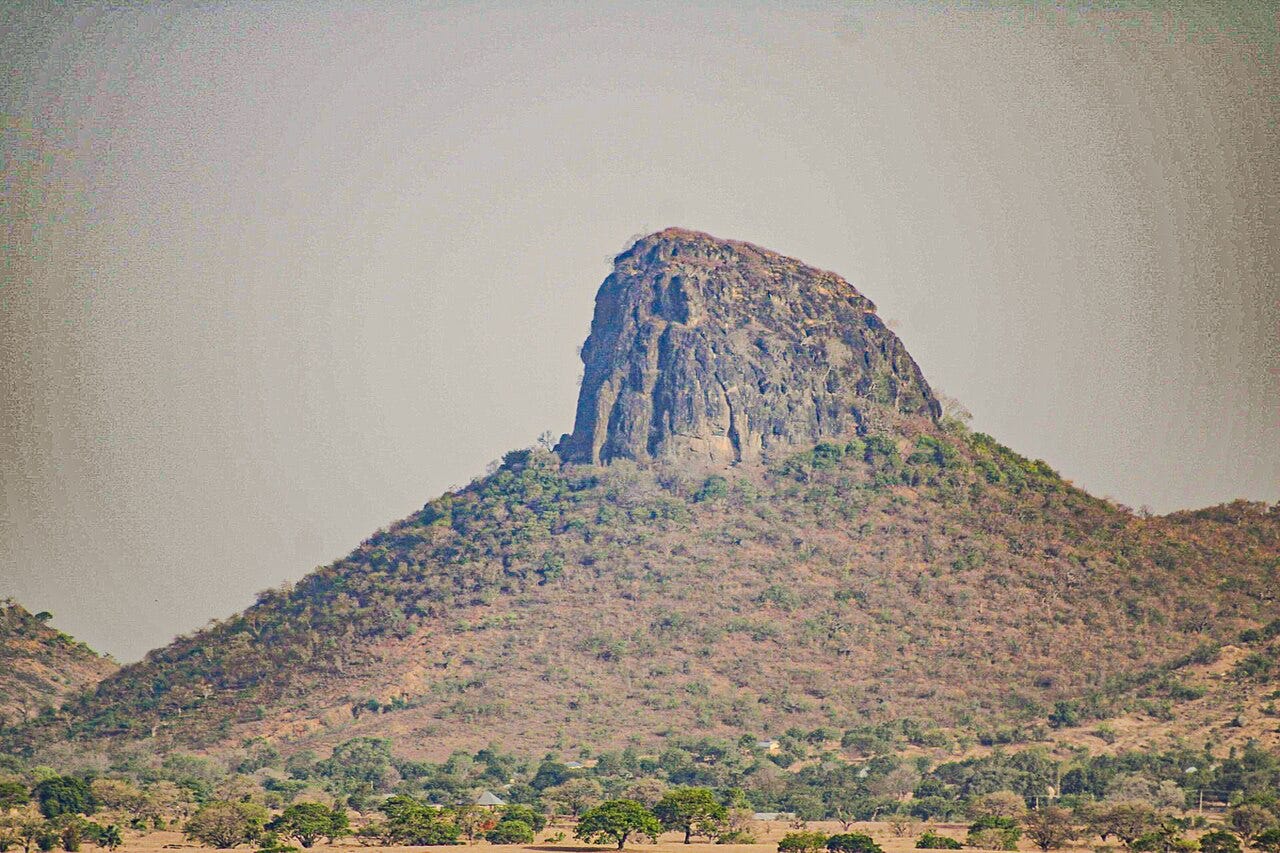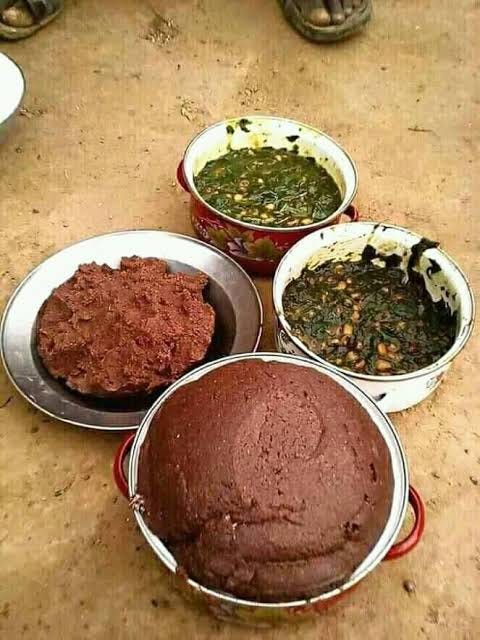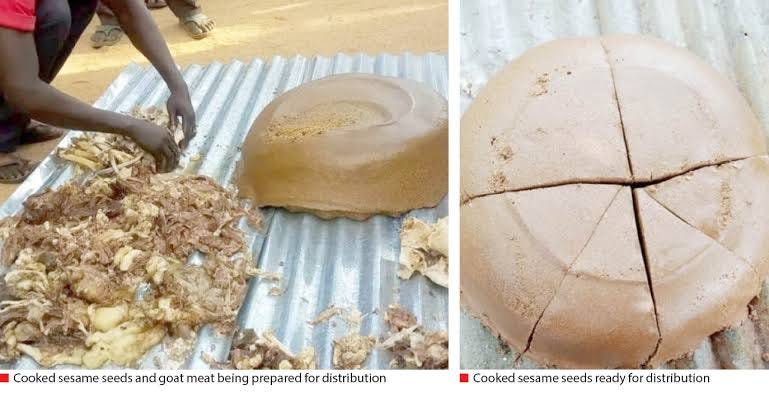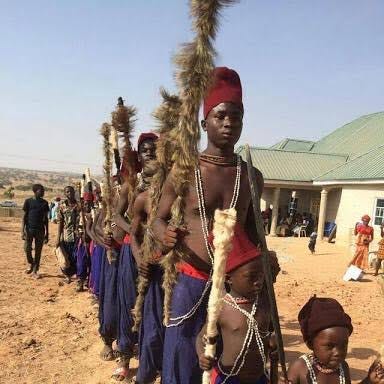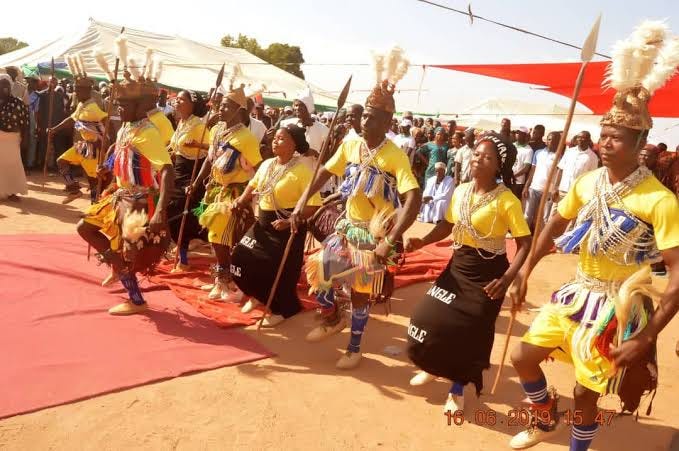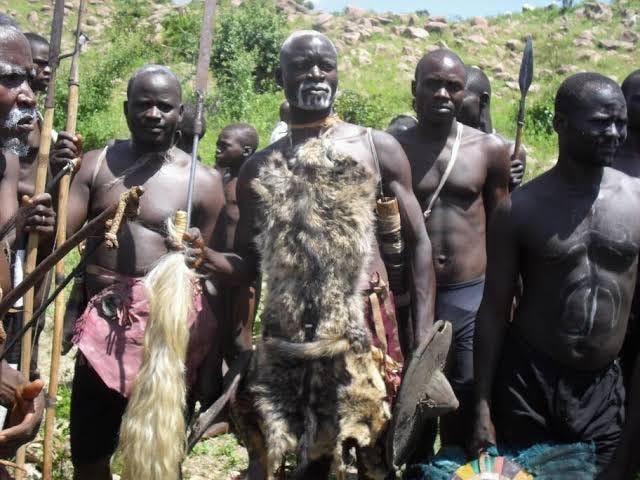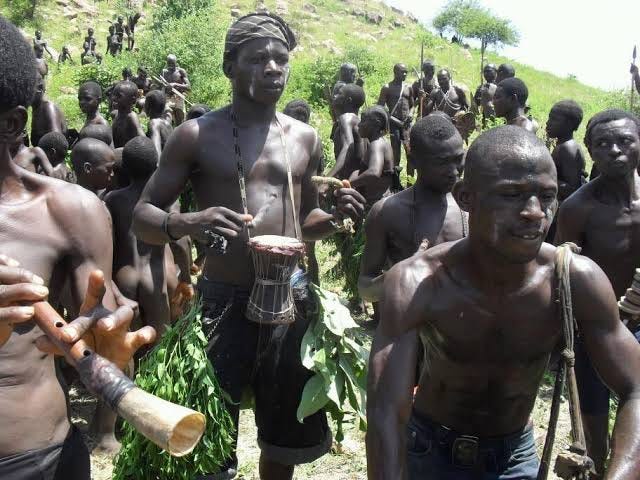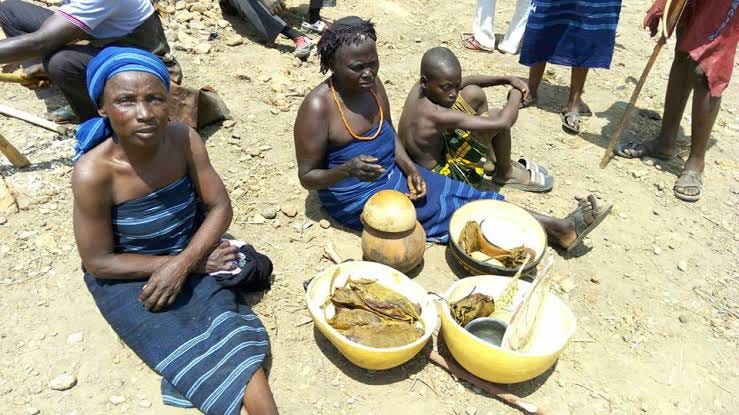#014. Pissi Tangale
Tangale is a direct product of immigration and conglomeration, a process that began as far back as the early 13th century AD
Today, I am taking you to the far Northern Nigeria to observe the ways and lives of the people of Tangale.
I came across the name sometime in 2017, and thought to share it with you in the light of culture and places.
Tangale is a vast community situated within Billiri Local Government Area of Gombe State. They are a tribe that spreads and are chiefly found in three local government areas of Gombe State, which are Kaltungo, Shongom and Billiri. Some narration includes the Akko local government area.
Mai // Chiefdom
Within the Tangale chiefdom, there are seven clans, and they are the Tangaltong, Tal, Kalmai, Todi, Banganje, Nathe and Billiri.
Each clan has a chief of its own, but the Mai Tangale, who is based in Billiri, serves as the paramount ruler of all the seven clans. He is the custodian of the Tangale culture and tradition, and decides cases among the clans on major issues, including border disputes and deaths.
Sixteen (16) princes had served as Mai Tangale and custodians of Tangale tradition and culture since 1295. The first paramount ruler of Tangale chiefdom was Mai Giu who ruled from 1295 to I360.
The current Mai Tangale is Malam Danladi Sanusi Maiyamba, and he is the 16th Mai Tangale.
The title Mai has been in use since their migration periods, to refer to the leader of the moving group.
Today two Mai stools exist in Tangale land; The Mai Tangale who is the paramount head of the Tangale West Chiefdom headquartered in Billiri of Billiri LGA and The Mai Kaltungo whose stool is located in Kaltungo, heading the eastern Tangale people of Kaltungo and Shongom LGAs.
Formation // Structure
Tangale got its name from 'Tangal,' a chief of the community who ruled from 1360 to 1445.
Tangal was said to be instrumental in organizing the clans under his reign and because of this, the people under him were referred to as the Tangale.
Tangale people were adherents of traditional religion, and lived in a group of hills. They were mostly idol/spirit worshipers and had spirits like Nanamudo (Mother of Death), and Yamba (the goddess of creation).
Even after embracing Christianity and Islam, as a result of immigration and colonialism, some Tangale people still observe their cultural rites. However, they are now predominantly Christian and a small percentage adhere to Islam and traditional religion.
In 1906, the British colonialists entered Tangale and this resulted into a long resistance and fierce battle. In the end, sometime in 1907—during the leadership of Mai Wanah, who was the 11th Mai Tangale— the Tangale people were brought under colonial rule.
The Tangale kingdom, otherwise called Maidom, was therefore a direct product of immigration, conglomeration and fusion of people and communities over time, a process that began as far back as the early 13th century AD.
Root // Origin
They are believed to have originated from Yemen, the southwestern part of the Arabian Peninsula. The Tangale people have several things in common with the Yemeni people, but there is a cultural deviation regarding some cultural rituals.
The Tangale forefathers journeyed from Yemen and settled in different places before finally settling at the present place in Gombe. It was said to be a journey that took them about 350 years.
They also trace their movements to the Middle East, via Egypt, the Chad Basin and Ngazargamu, where they separated with their Kanuri kith and kin.
In the progression of their journey, they migrated alongside the Bolewa and other tribes from the Kanem-Bornu Empire—as they had to move from places such as Sanum kede and Kupto due to tribal wars—and are reported to have lived in the present day Gombe for over 100 years.
At Kupto, the Tangales lived together with the Lunguda, Kare-Kare, Tera, Waja, Bolewa, Songom and other neighbouring tribes. It was from Kupto that they further migrated to find a new settlement.
The various components of the Maidom settled in many other areas in the Gongola Basin before regrouping around the present day Tangale hills and the immediate plains, to found the seven clans of Tangale, which over time transformed into what is now the Tangale Kingdom (Maidom).
They often choose mountainous areas in their later movements since they felt were safer from the frequent raids and attacks they encountered from marauders.
Quick Notes // Tangale Affairs
Yemen — Egypt — Borno — (Gombe)
The Tangale language is a west chadic language, called Po Tangale or Po Mamu.
Billiri has about six prominent markets and are often traded on Saturday of every week.
Soya beans is one of the common foods in Billiri, then corn, sorghum, cowpea, peanuts, bambaranuts and sesame.
Their cuisine include Dipo, Kumbam, Shaka kodo, Ronjo, Kar bayo—prepared with a special type of daddawa (locust beans) called Dwaldin; Robe-robe, Ed mammu, Kwaksak, Shinga.
Adau (made from fried and ground sesame seasoned with potash) is especially common among the eastern Tangale people, the consumption of which is a necessary marriage rite.
Mutton (goat meat) is a very important part of the Tangale dish as well as a variety of "bush meats"
The native drinks of the Tangale people include; Am-shau, Am-dik-dik and Men which is a form of locally brewed beer.
Popular fruits are Enji (pumpkin), Kanje (deleb palm fruit), Wulot (black plum), Landondon (blood plum), Kwalak (shea fruit) and La'awe.
The ancient Tangale people were warriors, and adult males of Tangale showed their manhood by fighting.
As proof of their courage, Tangale warriors were required to bring the heads of the enemy they had murdered with them upon returning from the battleground. These combat trophies were given to a priest, who placed them under the family's holy tree.
Tangale people's festivals include Pissi Tangale (Tangale Day), ‘Bai’ Carnival/Palam Tangale (Dog festival), Eku festival, Tangra, Wula, Pe Kodok, Pand Kungo, with Pissi Tangale as the most popular.
Pissi Tangale // Tangale Day
Pissi Tangale, also called the "Tangale Day", is a festival where the Tangale people display their culture and technological advancement.
The festival was introduced by the 15th Mai Tangale, late Dr Abdu Buba Maisheru II, in 2006. It is aimed at promoting the Tangale culture and customs and to unite the Tangale people.
The Pissi Tangale used to have in attendance the Executive Governor of Gombe State, the Honourable Commissioner of Culture & Tourism, the Mai Tangale himself, the Wazirin Tangale, and other dignitaries and notable persons in Nigeria; particularly those coronated with chieftaincies in Tangale.
Often celebrated on the last Saturday of December every year, it is marked with the display of various farm produce, livestock, ancient cultural artefacts, traditional cuisines, cultural dresses and dances.
With cloths that depict their culture and identity, it's always all pomp and pageantry at Pissi Tangale, as Tangale people wear their various traditional attires to celebrate the day.
They also showcase the technological prowess they possess, even before the coming of colonialists. For instance, their building aesthetics and other things their forefathers lived upon.
During the festival proceeding, village heads from the seven clans that make up the Tangale chiefdom pay homage to the Mai Tangale, alongside other visiting traditional rulers from within and outside the township. Tangale sons and daughters across the globe often return home to celebrate Pissi Tangale.
In their culture, the Tangale month starts on the 10th month and it is called Kavrang. They hold the ceremony at the beginning of the new year, which is the Kavrang month.
However, the time Pissi Tangale is observed have changed to the Christmastide for the need to consider the attendance of their people living outside the land and country.
Hopes // Wishes . . . .
There is a tourist attraction at Kuma Tangale, where they have a statue of Mai Tangale sitting on his stool. There are some trees they've nurtured for decades, as well as some ancestral cloths kept in palaces and sacred places.
A Gombe State Governor, Alhaji Danjuma Goje, once mentioned at a Pissi Tangale festival in 2009 that the Tula cave which was used during the inter-tribal and ethnic wars in pre-colonial era could be preserved and transformed for tourism.
He also included the Sultan Attahiru’s tomb in Bormi, whose assassination by the colonial military force, according to some legends, brought about the final termination of Sokoto Caliphate’s existence.
He listed Dutsin Mamaki in Billiri and a host of others would form part of the treasures that would be adequately exploited for maximum result.
Ineptitude // Vendetta . . . .
Due to lack of sponsorship, political differences, and other challenges, Pissi Tangale has not held in the last five years, that is, since the current Mai Tangale was 'imposed' in 2021.
Following the death of Mai Abdu Buba Maisheru II, the kingmakers conducted their electoral process. In the kingmakers' vote, Dr. Musa Idris Maiyamba received 5 votes, while Malam Ahmed Magaji and Malam Danladi Sanusi each received 2 votes out of 18 contestants.
Unfortunately, the Gombe State Governor Muhammad Inuwa Yahaya appointed Malam Danladi Sanusi-Maiyamba as the new Mai Tangle.
Before the appointment, the Tangale people protested, rejecting the Governor's interference. The Middle-Belt Forum and others also urged the Governor to honor the people's preference, but he proceeded with his choice.
Since then, the Tangale community has refused to recognize Malam Sanusi, insisting he was not their chosen candidate.
This must have contributed to the hiatus in celebrating Pissi Tangale.
In any event, there is no gainsaying that Tangale is a solid heritage with rich culture, and the Pissi Tangale must have been a wonder festival to witness. One that will leave indelible marks in the minds of the attendants.
I hope that this momentous festival is restored, preserving Tangale’s history and good heritage.
Do you enjoy this?
Or, is there a culture or place you'd like to know more about?
Excerpt: NICO, Daily Trust, Wikipedia




